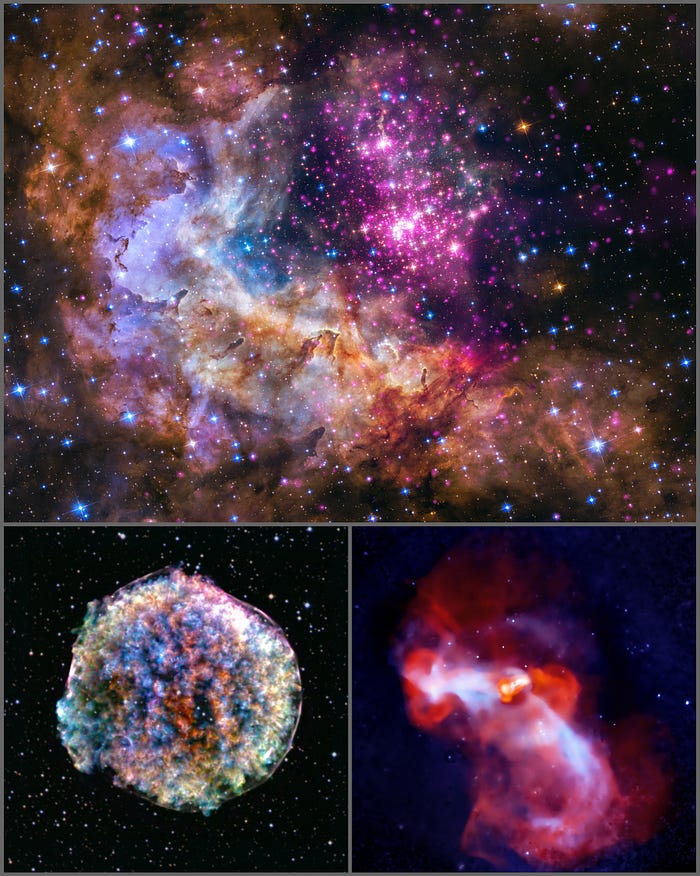[ad_1]

This is the reason NASA and different area organizations have despatched many probes, sign radars and telescopes into wild area not solely searching for extraterrestrial life however but to be found. On October 25, 2021, NASA astronomers have discovered indicators that characterize a planet exterior our galaxy. Since 1992 when the primary exoplanets had been found, greater than 5000 have been recognized, however all are inside the Milky Means (our galaxy).
Astronomers say they’ve found a cosmic physique exterior our galaxy that reveals indicators of being an actual planet because of a telescope despatched into area 22 years in the past.
Principally often known as “X-rays”, is a telescope despatched into area by NASA in 1999 to look at X-ray emissions from very popular areas of the universe reminiscent of exploding stars, clusters of galaxies, and surrounding matter. Was despatched with a mission to seek out out. Black Holes. The particular know-how permits the telescope to look at black gap techniques and different stars which can be hundreds of thousands of sunshine years away. The telescope is able to detecting X-rays from distant stars and planets orbiting stars.

X-Ray is taken into account to be essentially the most highly effective X-ray telescope on this planet and with the info, it has enabled astronomers to acquire pictures like those offered above. Chandra permits scientists world wide to acquire X-ray pictures of alien environments to assist perceive the construction and evolution of the universe.
The M51 Galaxy, additionally nicknamed (Whirlpool) by astronomers, is the closest galaxy to us, about 28 million light-years away or 2.6490045 x 1020 kms. X-rays managed to seek out indicators of a planet that’s a part of the M51 galaxy. Peculiar telescopes are solely in a position to see 3,000 light-years away, however they supply way more details about exoplanets. Though we get little data by means of X-rays, for now it’s the solely means we will see to date in area.
The recognized planet was named M51-ULS-1 they usually assumed the planet to be the identical measurement as Saturn based mostly on X-ray data. Even when we all know the planet exists, astronomers nonetheless do not have sufficient data to substantiate that the exoplanet M51 is a part of the Milky Means, not the Milky Means galaxy. Due to lacking data like orbit patterns, astronomers say it might take a long time till they will collect extra data on this exoplanet.
“Sadly to substantiate that we’re seeing a planet, we could have to attend a long time to see one other transit, and due to uncertainties about how lengthy it takes to orbit, we do not know.” Must see when.” (Quote by Nia Imara of the College of California at Santa Cruz)
Inside generations dwelling to our time, that is actually a novel phenomenon and can most likely stay a novel phenomenon for 1000’s of years to come back except know-how is superior sufficient to simply accumulate information on such distant exoplanets. Perhaps by that point we’ll have colonized the M51-ULS-1 and even the complete M51 Galaxy.
[ad_2]
Supply hyperlink